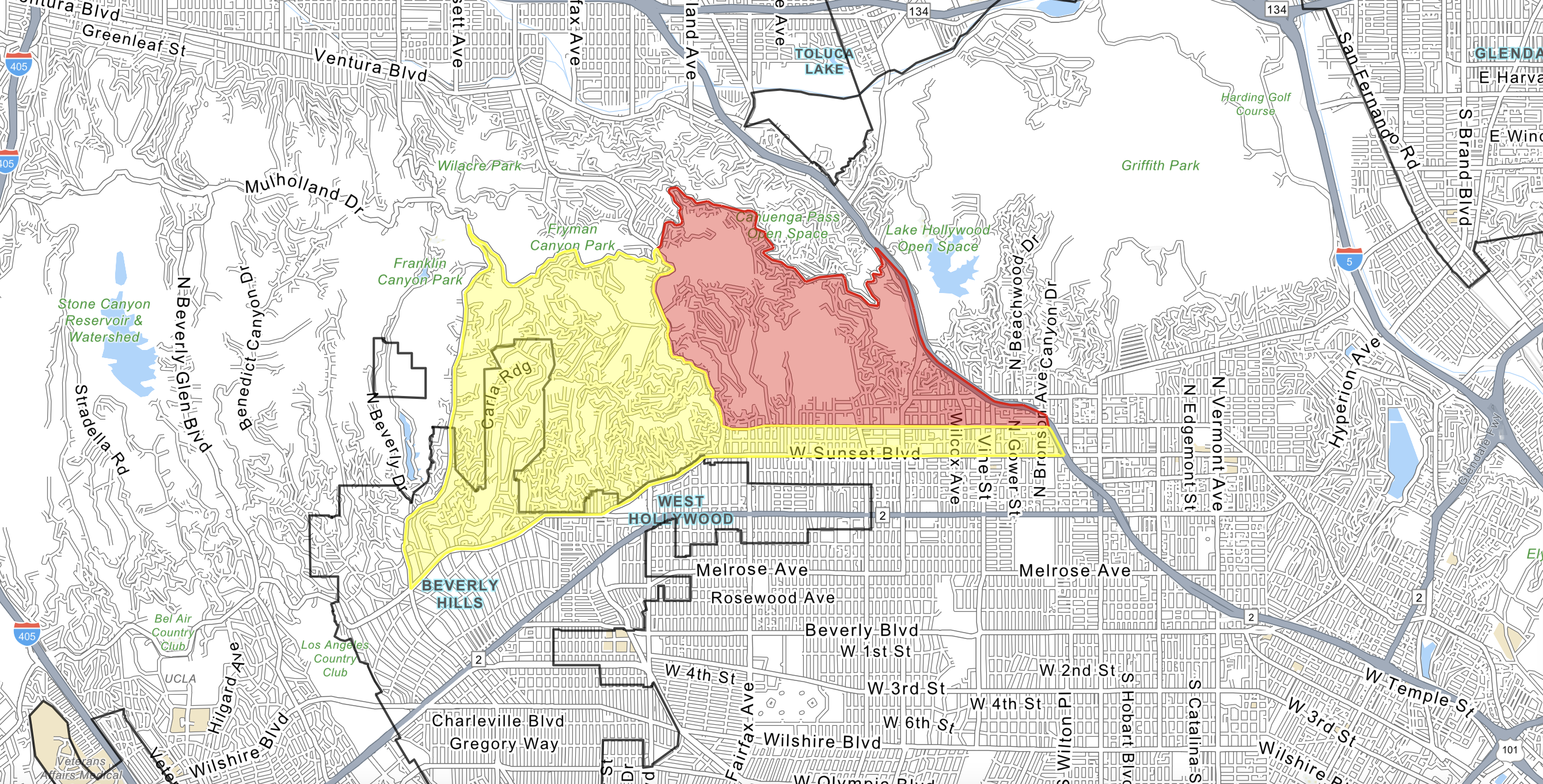Air quality advisories are in effect across Southern California as powerful Santa Ana winds intensify wildfires and whip up dangerous levels of dust. Residents have been urged to stay indoors, keeping windows and doors tightly closed.
The South Coast Air Quality Management District (AQMD) issued on Tuesday smoke and windblown dust advisories, expected to remain in place until at least Wednesday evening.
Areas most affected by smoke from the Eaton and Palisades Fires include Altadena, Pasadena, Downtown Los Angeles, central and southwest LA County, Malibu, and Pacific Palisades.
Additionally, nearly the entire South Coast Air Basin, home to over 17 million people, is under a dust advisory due to high winds stirring up particulate matter.
Newsweek contacted South Coast AQMD via email for further comment.

Why This Matters
The fierce Santa Ana winds are not only fueling fast-moving wildfires but also creating hazardous air quality conditions that pose serious health risks.
Particulate matter (PM2.5 and PM10) levels in the air are expected to reach unhealthy or higher levels. This means "everyone may begin to experience some adverse health effects, such as difficulty breathing and throat irritation, while sensitive groups could experience more severe impacts," according to South Coast AQMD.
Sensitive groups include people with heart or lung disease, children, pregnant women, and older adults.
What to Know
Smoke from the Palisades Fire is expected to most heavily impact northwest coastal Los Angeles County, including Malibu, Pacific Palisades and nearby areas through Wednesday evening.
PM2.5—particulate matter with a diameter less than 2.5 micrometers—levels in these regions could reach the Unhealthy Air Quality Index (AQI) category or higher, with the worst conditions near the fire.
Smoke from the Eaton Fire is predicted to impact the western San Gabriel Valley throughout Wednesday. PM2.5 levels may reach the Unhealthy AQI category or higher in Altadena, Pasadena, and nearby areas.
Santa Ana winds, with gusts reaching up to 100 mph, are contributing to dangerous levels of windblown dust. PM10—pollutant particles with a diameter less than 10 micrometers—may climb to the Unhealthy AQI category or worse across much of the South Coast Air Basin through Wednesday afternoon.
What People Are Saying
The South Coast AQMD told residents in affected areas: "Limit your exposure by remaining indoors with windows and doors closed or seeking alternate shelter; Avoid vigorous physical activity; Run your air conditioning and/or an air purifier; Avoid burning wood in your fireplace or firepit and minimize sources of indoor air pollution such as candles, incense, panfrying, and grilling; If you must be outside, a properly fit N95 or P100 respirator may provide some protection."
Gavin Newsom, the Governor of California, said in a post on X (formerly Twitter): "California has deployed 1400+ firefighting personnel & hundreds of prepositioned assets to combat these unprecedented fires in LA. Emergency officials, firefighters, and first responders are all hands on deck through the night to do everything possible to protect lives."
Brandon Buckingham, a meteorologist at AccuWeather, told Newsweek: "Only a fraction of residents will be directly impacted by the flames and smoke, but regardless, there are thousands, if not millions at risk from these hazards whether directly or indirectly. The offshore winds will help to blow the smoke over the ocean, but the plumes will have to travel over coastal communities first, resulting in very hazardous air quality for anyone underneath or in the vicinity of these fires."
What Happens Next
Smoke impacts from the Eaton Fire may persist in Altadena, Pasadena, and the western San Gabriel Valley through Wednesday evening. PM2.5 levels could remain in the Unhealthy AQI category or higher near the fire and in surrounding areas.
Depending on fire activity, smoke impacts are expected to continue in Malibu, Pacific Palisades, and nearby areas as a result of the Palisades Fire.
High winds are likely to sustain elevated PM10 levels through Wednesday morning and afternoon, with conditions improving by evening as wind speeds decrease.
Santa Ana winds are forecast to diminish on Thursday as the storm system moves away from the region, offering some relief to affected areas.
Do you have a tip on a science story that Newsweek should be covering? Do you have a question about air quality? Let us know via science@newsweek.com.




















 English (US) ·
English (US) ·